
Filter News
Area of Research
- (-) Energy Science (112)
- (-) Neutron Science (47)
- Advanced Manufacturing (2)
- Biological Systems (2)
- Biology and Environment (56)
- Building Technologies (1)
- Computational Engineering (1)
- Computer Science (2)
- Electricity and Smart Grid (1)
- Energy Sciences (1)
- Fossil Energy (1)
- Fuel Cycle Science and Technology (1)
- Fusion and Fission (19)
- Fusion Energy (3)
- Isotope Development and Production (1)
- Isotopes (15)
- Materials (118)
- Materials Characterization (2)
- Materials Under Extremes (1)
- National Security (25)
- Nuclear Science and Technology (9)
- Supercomputing (95)
- Transportation Systems (1)
News Type
News Topics
- 3-D Printing/Advanced Manufacturing (15)
- Artificial Intelligence (1)
- Big Data (1)
- Bioenergy (3)
- Biology (2)
- Biomedical (2)
- Biotechnology (2)
- Buildings (12)
- Chemical Sciences (8)
- Clean Water (2)
- Composites (5)
- Coronavirus (2)
- Critical Materials (5)
- Cybersecurity (2)
- Energy Storage (15)
- Environment (4)
- Fossil Energy (2)
- Grid (12)
- High-Performance Computing (1)
- Hydropower (1)
- Machine Learning (2)
- Materials (14)
- Materials Science (6)
- Microelectronics (1)
- Microscopy (1)
- Nanotechnology (2)
- National Security (2)
- Neutron Science (26)
- Nuclear Energy (1)
- Partnerships (7)
- Physics (1)
- Polymers (1)
- Security (1)
- Simulation (2)
- Space Exploration (1)
- Transportation (13)
Media Contacts
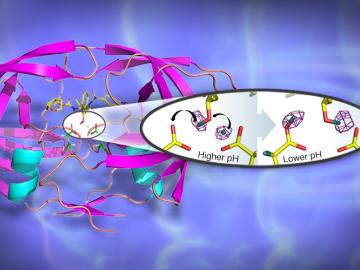
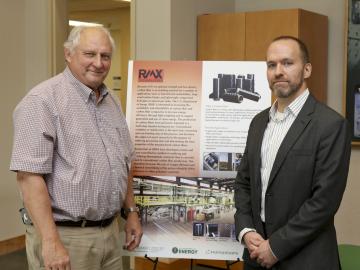
RMX Technologies of Knoxville, Tenn., and the Department of Energy’s Oak Ridge National Laboratory have signed an exclusive licensing agreement for a new technology that dramatically reduces the time and energy needed in the production of carbon fiber. Lowering the ...
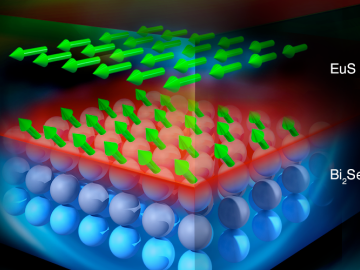
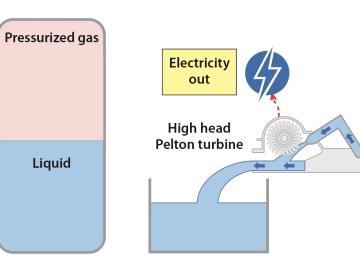
The gap between electricity generation and use could be narrowed with an Oak Ridge National Laboratory system that extracts energy from thin air. Actually, Ground-Level Integrated Diverse Energy Storage, or GLIDES, stores electricity mechanically in the form of compressed gas that disp...
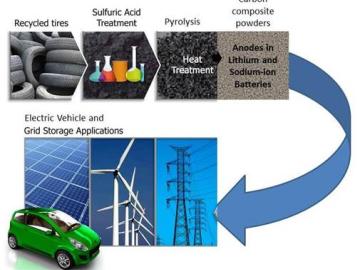
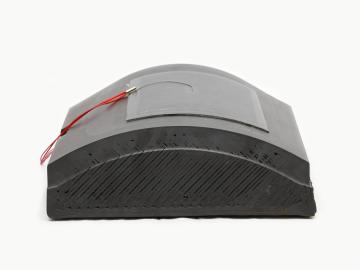
A successful test of 3D-printed thermoplastic molds demonstrates the potential of additive manufacturing in the tooling industry. Researchers at Oak Ridge National Laboratory’s Manufacturing Demonstration Facility collaborated with a team of industry partners to 3D-print and machine se...

Four Oak Ridge National Laboratory researchers specializing in environmental, biological and computational science are among 49 recipients of Department of Energy's Office of Science Early Career Research Program awards. The Early Career Research Program, now in its ...

Four Department of Energy national laboratories are joining Oak Ridge National Laboratory to expand an online crowdsourcing community for building technologies called JUMP, which bridges the gap between cutting-edge ideas and the marketplace. Joining ORNL in JUMP...

Researchers and others interested in establishing a sustainable bioeconomy in the U.S. are taking part in a five-day study tour led by the Department of Energy’s Oak Ridge National Laboratory. Approximately 70 attendees from DOE and its national laboratories, the ...
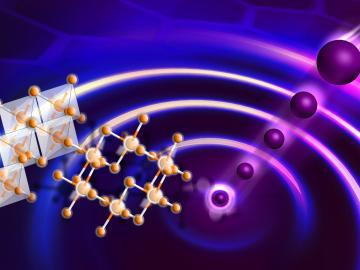
Researchers at the Department of Energy’s Oak Ridge National Laboratory used neutrons to uncover novel behavior in materials that holds promise for quantum computing. The findings, published in Nature Materials, provide evidence for long-sought phenomena in a two-dim...


